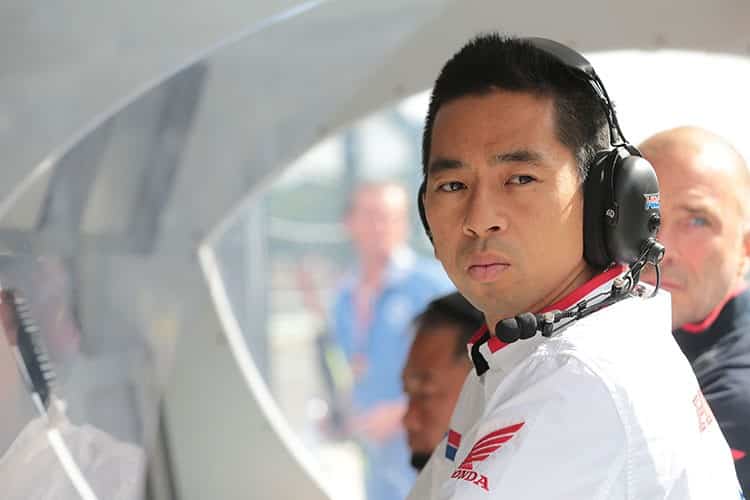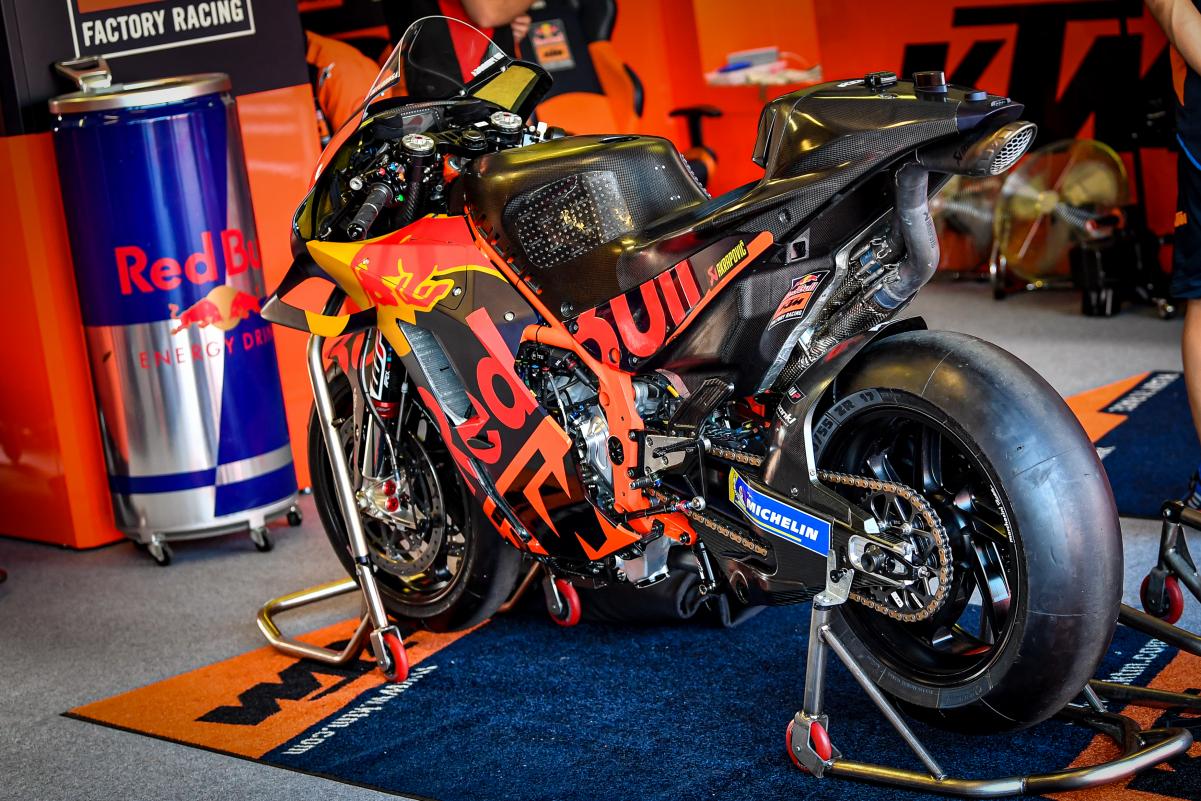Dorna has put together its regulations well if we judge by the balance of the MotoGP field which is also of a very high level. Everyone seems to have a chance at the moment and the hope of getting there one day or another. A situation notably due to framing of the engine part. The top performers are forced to make technical choices and stick to them throughout the season while the less well-off have greater room for maneuver. The only thing is: with an upcoming calendar of 22 Grands Prix, we will do fewer tests which will increase the risk of a bad choice. As a result, the question of a possible engine upgrade in high season is put on the table and debated between the six brands competing in the category...
Currently, the situation is as follows: Honda, Ducati, Suzuki et Yamaha are only entitled to Sept engines per driver, mechanics whose characteristics were fixed during winter tests. Aprilia et KTM, who do not have podiums and do not play with the tenors, are entitled to new engines that they can evolve throughout the season as they see fit. This is to allow them to catch up.
Certainly, but soon, the offseason tests will be reduced to their bare minimum due to the prospect of a season to 22 meetings. As a result, more flexibility in the item is debated. The current contract between manufacturers, teams and promoter Dorna is in force until the end of 2021. The first talks have already taken place for the following period (2022 – 2026). “ So far it's mostly been about aerodynamics and not major engine changes " said Roman Albesian, technical director ofAprilia, about technical discussions within the manufacturers' association MSMA extension.
The rules for aerodynamics have already been specified for next season. Now there is the idea of allowing one engine update per season from 2022. “ We need to look at this whole issuen,” said Takeo Yokoyama, technical director of Honda. “ Allowing manufacturers to change engine specifications mid-season can be helpful if you messed up early in the season. »

There would be positives and negatives to allowing an update. “ This could be interesting for engineers, but you may need more resources, costs and manpower » highlights Yokoyama. " At the moment I can't say yes or no, if it's on the table we need to think about it very carefully. » An increase in development costs is what manufacturers fear.
« If the number of races increases in the future, we can discuss itr” said Takahiro Sumi project manager Yamaha in the field. Because from 2022 the maximum number of races could reach 22. At the same time, winter testing could be reduced. Engineers would then have little time in the offseason to test the engine before specifications were frozen. A longer timetable could therefore also affect the technical regulations.
Allowing successful manufacturers one engine update per season would eliminate the advantages dealership teams have KTM et Aprilia. " A few years ago, the dealership rules really made all the difference for a manufacturer”, Explain Albesian about Ducati's catch-up process. “ From year to year these benefits have diminished and I think we should still help manufacturers who need to catch up, which is the most important exception from the concession rules that we want to keep »
Like Albesiano, Sebastian Risse, technical director of KTM, says: “ We are currently using the third engine specification this season and have changed it more than once a year. We are working in this area. We invest and it pays off. This opportunity would be limited if others are allowed to develop, this needs to be discussed. » Changes to the technical regulations have not yet been decided, with the exception of aerodynamics.

























